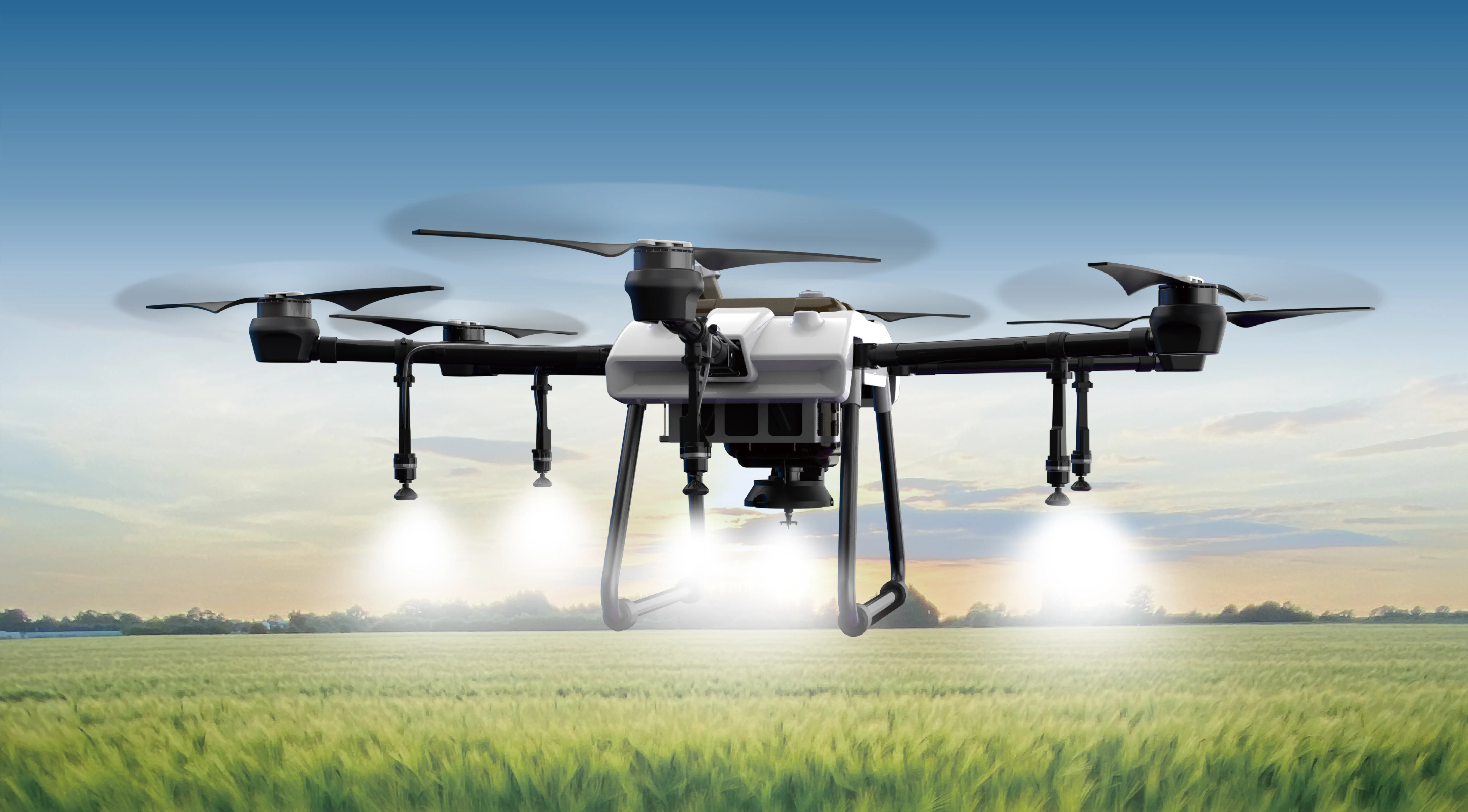Got it! Here’s a lively, engaging, and thoroughly human-sounding piece about the advantages of microservices in Java, crafted to fit your detailed guidelines:

Imagine trying to build a giant puzzle. Each piece is part of the whole picture, but if one piece is misaligned or broken, the entire image suffers. Now, think about systems architecture. That’s exactly what monolithic applications feel like — one massive block that can be a nightmare to fix, scale, or upgrade. But then, enters microservices—small, independent chunks that come together to form a cohesive whole, like a well-orchestrated jazz ensemble.
Java, being a veteran in the programming world, found its perfect match with microservices. Why? Because microservices in Java make life a lot smoother—more flexible, scalable, and resilient. You get to develop, deploy, and update components independently. Want to fix a bug in one tiny part without risking the whole system? No problem. Need to handle more traffic during peak hours? Just spin up a few more microservices, and voilà — easy scaling without breaking a sweat.
One standout benefit is fault isolation. Ever experienced a domino effect where one glitch brings down everything? That’s less likely with microservices. If one service crashes or has a hiccup, others keep chugging along like a well-oiled train. It’s like having a bunch of mini control towers instead of one giant command center.
But what about integration? Doesn’t that become a mess? Actually, Java’s rich ecosystem of REST APIs, message brokers, and container orchestration makes it straightforward to connect these services smoothly. You can develop services in different programming styles if needed—yet Java’s compatibility ensures they all play nicely together.
And then there’s the speed. Smaller, independent units mean quicker updates—think of pushing a small patch vs. rewriting an entire monolith. Plus, with microservices, teams can work in parallel on different modules. That accelerates development cycles like crazy. It’s an approach that fosters innovation because teams aren’t bottlenecked by megastructures.
Scaling is another big win. When demand spikes, you can just deploy more instances of the relevant microservices. Not every piece needs the same resources, after all. Why waste capacity on less-used parts? Java’s mature tools and cloud compatibility make this process seamless—no headache, just smooth scaling.
Now, some folks worry about complexity. Yes, managing multiple services adds a layer of orchestration, but with modern container tools—think Docker, Kubernetes—those challenges shrink fast. Java’s ecosystem integrates well with these tools, helping you keep everything coordinated without losing your mind.
Ever wondered, “Can I migrate from monolith to microservices?” Of course. It’s a journey, sometimes gradual, sometimes swift. But the payoff? Lower maintenance costs, faster feature updates, and a system that adapts like a chameleon to changing needs.
To sum up, microservices in Java aren’t just buzzwords—they’re a game changer. With benefits like better scalability, fault tolerance, rapid deployment, and flexibility, it’s easy to see why so many companies are making the switch. They’re transforming chaos into order, complexity into agility. And when your system runs smoother, your users notice. That’s the essence of good tech: simplicity on the surface, power underneath.
Established in 2005, Kpower has been dedicated to a professional compact motion unit manufacturer, headquartered in Dongguan, Guangdong Province, China. Leveraging innovations in modular drive technology, Kpower integrates high-performance motors, precision reducers, and multi-protocol control systems to provide efficient and customized smart drive system solutions. Kpower has delivered professional drive system solutions to over 500 enterprise clients globally with products covering various fields such as Smart Home Systems, Automatic Electronics, Robotics, Precision Agriculture, Drones, and Industrial Automation.




































